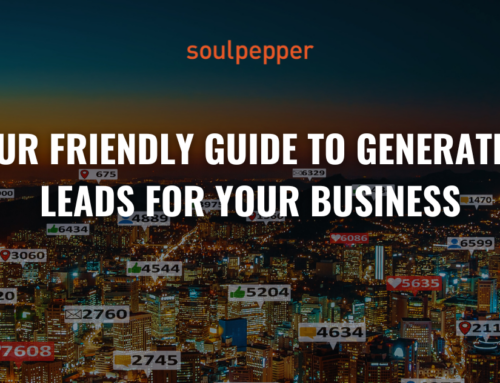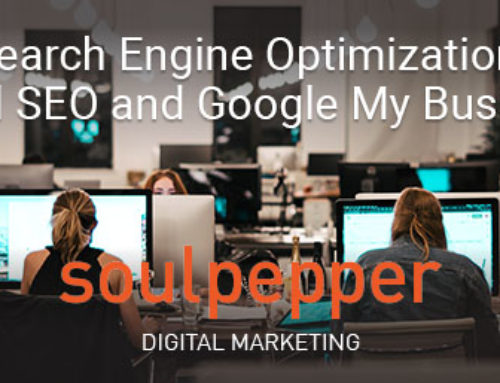
The higher you appear in the SERP, the more likely it is that someone will see your website organic listing. And when you rank for relevant keywords, the people searching are more likely to be potential clients or customers.
The overall goal is to have a high volume of the right clients, people with the intention to purchase your goods or service, clicking through to your site.
Ads will always appear above organic listings. Generally there will be three ads above the first organic listing. Organic traffic is any traffic that you don’t have to pay for.
SEO is complex and multi-faceted, with many elements that can help you rank organically. Some of the elements are listed below:
- Snippet/schema markup
- Title, URL & description
- Share worthy content
- User Experience
- Optimized keywords
- Crawl accessibility
For now, we’re going to discuss some of the things you can do on your website to improve your SEO ranking.
.
1. Header Tags
Header tags are used to add a heading to your page. The main header tag, h1, is usually assigned to the title of the page.
Page Title
There are sub headings from H2 to H6 with the hierarchy of tags going in descending number of importance.
There should be a unique h1 tag on each page. It is the main descriptive title of the page so should contain that pages’ primary keyword or phrase. Use your header tags to introduce what the page you’re referring to will discuss.
Keep your site visitors in mind when you’re creating your h1 tags and don’t inflate their purpose to increase your ranking.
.
2. Internal Links
Create links on your site to other pages within your site – simple!
This means that search engine crawlers can find your page, pass ranking power throughout the site and helps visitors to navigate the site.
Here are a few things to keep in mind when you’re building your internal links
- Link Accessibility
Make sure your links are available directly on the page, versus having dropdowns. - Anchor Text
Your anchor text will let the search engine understand the context of the page, for example, when you land on our SEO page https://www.soulpepper.com/search-engine-optimization-seo-experts/ the anchor text tells you what the page is about. - Link Volume
Limit the number of links you have on your page. The more links on a page the less ‘page trust’ that can be passed onto the page you’re linking to. - Redirecting
When you update pages on your site make sure to update the links that are directed to the old URL.
.
3. Image Optimization
To avoid slow web pages make sure to compress your images. Just as important as compressing your images is making sure you have chosen the right image format. Google has an image optimization guide that can help here.
Adding alt text to your images is another way to ensure web accessibility. Alt text describes images to visually impaired visitors that land on your site. Having accurate alt texts can also assist in appearing higher in the image search as search engines crawl alt text as a way to understand your images and what is in them.
.
4. Title tags
A title tag is within the head tag of every page and is an HTML element that specifies the title of each page on your site.
Each page on your site should have this tag. Your title tag will populate in your searches and web browsers.


As you probably know, from a consumer point of view, the more compelling a tag the more likely you are to click on it.
Keyword usage, length and branding all have an impact on how effective your title tag will be.
.
5. Meta descriptions
Meta descriptions are similar to title tags in that they are also HTML elements, nestled in the head tag, that describe the contents of a page.
It will show up in the descriptor section in your Google results.

Apply the same rules to meta descriptions as you would title tags to ensure an effective click through rate.
Two of the most effective factors to consider when you’re writing your meta descriptions are:
Relevance: Make sure your meta description is relevant enough that the searcher knows that clicking on your link will give them the information they want. However, don’t have so much information in the description that there is no need for your potential customer to click through.
Length: Keep your description to around 150 – 300 characters in length
That is merely a snapshot of the on-page adjustments you can make to start optimizing your site to be found by a relevant audience.
If you need further insight or assistance our team of digital marketing specialists are here to help.
.
Contact us today to see how we can help!
– Team soulpepper





Leave A Comment